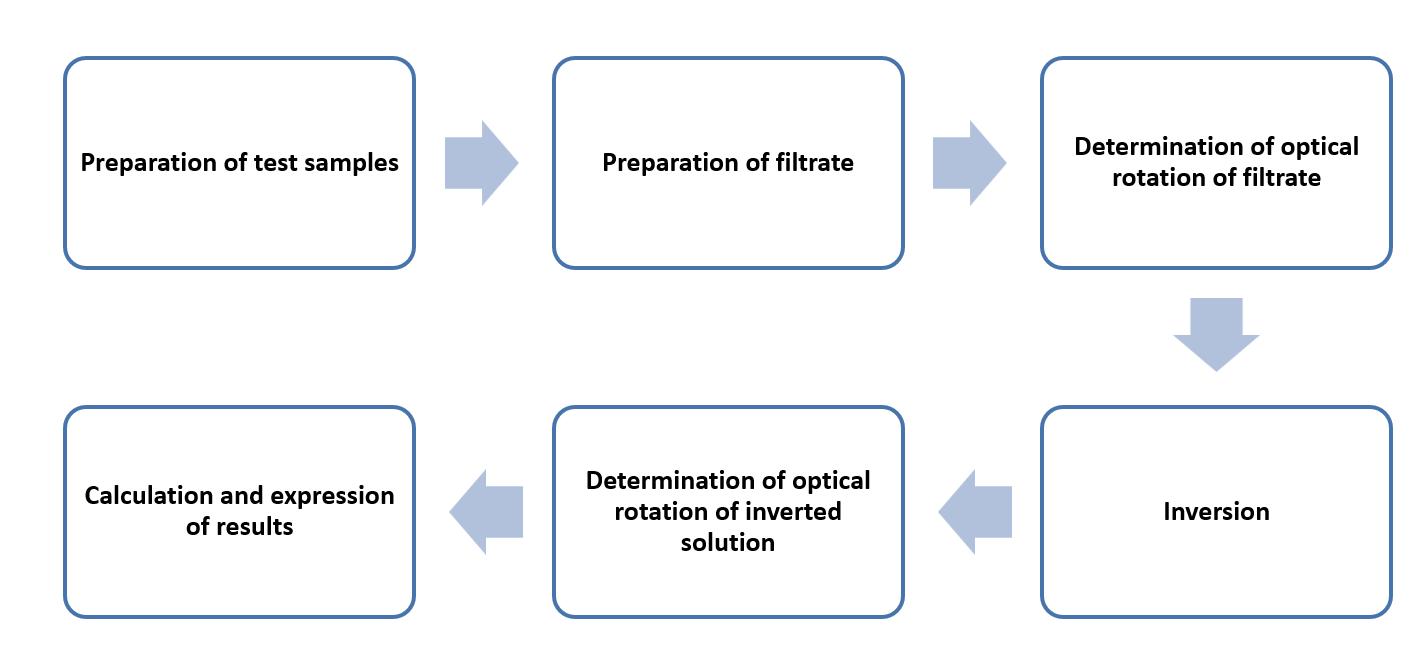Sucrose is an important component of sweetened condensed milk. Lifeasible helps to determine the sucrose content in sweetened condensed milk to help confirm the quality.
It is essential to determine the sucrose content in sweetened condensed milk (Fig.1). Sweetened condensed milk is a traditional dairy product made from concentrated milk and sucrose. It contains 60% sugar in its water phase and has a preservative effect and a long shelf life. However, excessive consumption of sucrose may be harmful to consumers' health, such as causing tooth decay. The use of trehalose and isomaltulose is being considered as an alternative to sucrose in sweetened condensed milk for the prevention of dental caries. Lifeasible provides professional and reliable milk-related testing services and provides service to help determine the sucrose content in sweetened condensed milk.
 Fig. 1 sweetened condensed milk.
Fig. 1 sweetened condensed milk.
Here, we help to determine the sucrose content in sweetened condensed milk based on the polarimetric method. We can help determine sweetened condensed milk prepared from whole, partially skimmed, or skimmed milk, and sucrose. The prerequisite for this determination is that the sweetened condensed milk contains only sucrose, and no other altered sucrose is added.
Determination principle:
Lactose is the most abundant sugar in milk. The method requires the removal of the effects of the mutarotation of lactose with ammonium hydroxide. The sample is subsequently neutralized and clarified using zinc acetate and potassium hexacyanoferrate (II) to remove proteins. Then the optical rotation of the filtrate and the inverted filtrate obtained after sucrose hydrolysis is determined. Sucrose content is calculated from the change in optical rotation on inversion.
Operation flow:

Main reference standard:
ISO 2911:2004
Lifeasible offers services to help determine the sucrose in sweetened condensed milk. We recommend this method when it is known that only sucrose is added to sweetened condensed milk. If other sugars are added, we offer high-performance anion exchange chromatography combined with the pulsed amperometric detection method to help determine. Please contact us to discuss the determination of sucrose.
References
Lifeasible has established a one-stop service platform for plants. In addition to obtaining customized solutions for plant genetic engineering, customers can also conduct follow-up analysis and research on plants through our analysis platform. The analytical services we provide include but are not limited to the following:
Get Latest Lifeasible News and Updates Directly to Your Inbox
Adaptive Evolutionary Mechanism of Plants
February 28, 2025
Unraveling Cotton Development: Insights from Multi-Omics Studies
February 27, 2025